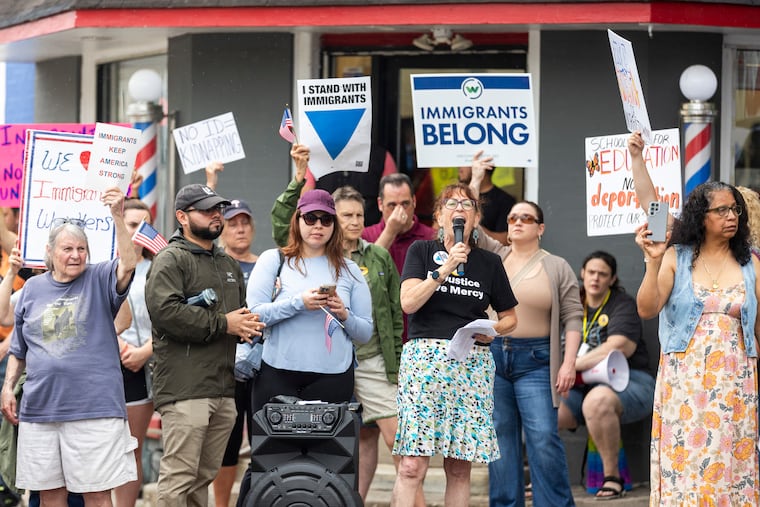Montgomery County officials urged to implement anti-ICE policies in 62 communities.
In Montgomery County, Pennsylvania, a growing movement among immigration advocates seeks to curtail cooperation between local law enforcement and federal immigration authorities. Activists have intensified their efforts following recent incidents involving local police presence during U.S. Immigration and Customs Enforcement (ICE) operations. Advocates believe that establishing policies that limit local law enforcement’s engagement with ICE could enhance safety for immigrants residing in the county.
The response from the community has been proactive, with advocates working diligently on a municipality-by-municipality basis to encourage all 62 local governments to adopt measures that block their police departments from collaborating with federal immigration enforcement. This grassroots initiative comes in the wake of a heightened urgency surrounding immigration enforcement, particularly prominent during the Trump administration, which has emphasized aggressive immigration policies. The fear among immigrant populations is that cooperation between local and federal agencies may deter individuals from seeking police assistance, ultimately compromising public safety.
Stephanie Vincent, an organizer with the advocacy group Community for Change Montgomery County, highlighted the critical nature of these efforts. She notes that it is essential for community members to come together to make definitive statements about the role of local law enforcement in such matters. While existing county policies already limit ICE’s access to information from county employees, these do not extend to local municipalities, underscoring the importance of localized advocacy.
Previous initiatives to establish sanctuary policies have surfaced within the region, often facing resistance from local officials wary of potential repercussions from federal authorities. ICE activities in Montgomery County have become increasingly visible, particularly in areas like Norristown, where recent raids have sparked public outcry. Some communities are taking steps to codify policies that would formalize their stance against ICE collaboration, essentially signaling a community-wide commitment to protecting immigrant rights.
Despite a lack of formal ordinances, municipalities such as Norristown have begun implementing guiding policies, clarifying their non-cooperation with ICE. Other local governments, like West Norriton, expressed their commitment to compassionate community responses amidst federal enforcement actions. The dialogue among municipal leaders is ongoing, with many recognizing the potential consequences of ICE collaboration on public trust and safety.
Notably, there remains uncertainty regarding how widespread the adoption of these policies might become. The apprehension about opposition from local Republican leaders looms large, as past municipal decisions to restrict cooperation with ICE have stirred political mobilization efforts. Local advocacy groups are actively engaging with residents, disseminating toolkits to empower them and advocating for local policies that reflect a commitment to inclusivity and protection for all community members.
As activists implore local leaders to prioritize the safety and rights of immigrants, the push for change within Montgomery County underscores a pivotal moment in the ongoing discussion surrounding immigration policy and law enforcement in the United States. Whether these grassroots initiatives catalyze significant policy shifts across the county remains to be determined, but the movement is indicative of a broader nationwide dialogue on the intersection of local governance and federal immigration enforcement.
This evolving landscape in Montgomery County will undoubtedly continue to mirror the challenges and opportunities present in communities across the nation as localities navigate the complex dynamics of immigration policy and community safety.







